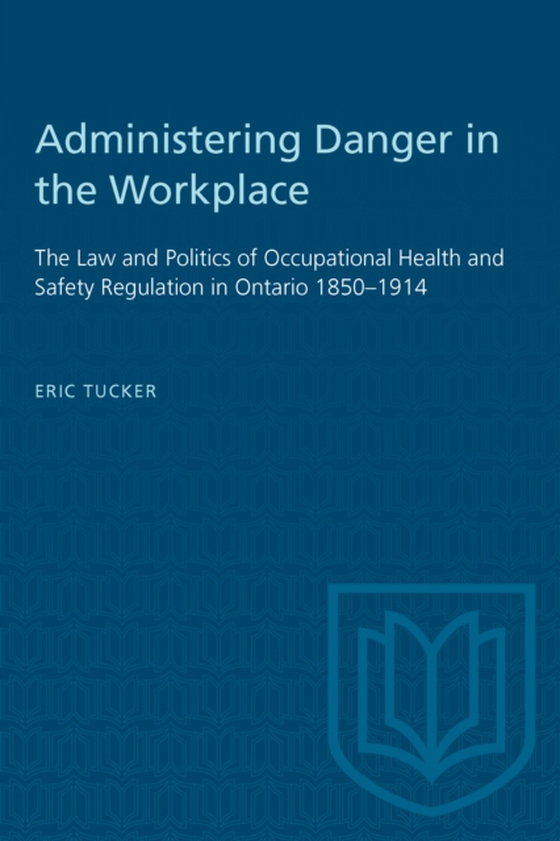
Administering Danger in the Workplace e-bog
302,96 DKK
(inkl. moms 378,70 DKK)
For Ontario workers during the industrial revolution the workplace was often an environment of terrible danger. Injuries and illness from unsafe working conditions were commonplace. Over time these conditions spurred efforts for reform from activists, legislators, and the courts. But change was slow in coming. To understand the impact of industrial revolution on the health and safety of workers...
E-bog
302,96 DKK
Forlag
University of Toronto Press
Udgivet
15 december 1990
Længde
320 sider
Genrer
Central / national / federal government policies
Sprog
English
Format
pdf
Beskyttelse
LCP
ISBN
9781487574970
For Ontario workers during the industrial revolution the workplace was often an environment of terrible danger. Injuries and illness from unsafe working conditions were commonplace. Over time these conditions spurred efforts for reform from activists, legislators, and the courts. But change was slow in coming. To understand the impact of industrial revolution on the health and safety of workers generally, and on women and children in particular, tucker uses their testimony before various commissions, newspapers, and reported court cases.Initial efforts to effect change were made through the courts; they were largely unsuccessful. When the judiciary refused to regulate the risk-creating conduct of employers, through either the civil or the criminal law, workers and Victorian reformers found common ground in successfully promoting factory legislation. By prescribing and enforcing minimum standards, a measure of regulatory responsibility for the health of workers generally and women and children in particular was shifted from the market to the state. Class interest and gender ideology played a substantial role in this process.But the legislation's implementation belied its promise. The government was unwilling to provide adequate enforcement resources and inspectors accepted the conventional wisdom that workers had to adjust to the 'normal' hazards of industry, which were reasonable and, therefore, legal. Even when the accident rate began to soar as a result of the 'second industrial revolution,' the authorities remained complacent. Tucker says that in industrial capitalist social formation, the nature and degree of hazards to which workers are exposed are determined largely by the employer-worker balance of power. Their respective power resources both shape and are shaped by the ideological, legal, political, and administrative environment in which they are deployed.Throughout the last half of the nineteenth century and up to the First World War, state regulation of occupational health and safety was substantially subordinated to market-driven forces; it still is today.
 Dansk
Dansk

